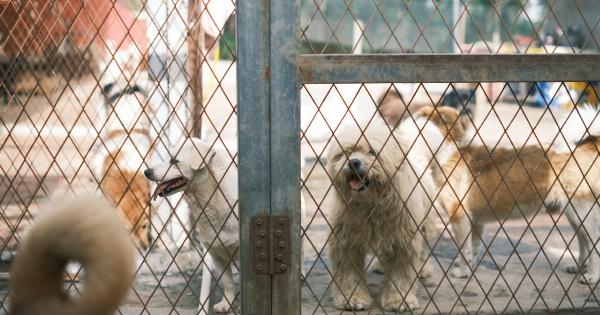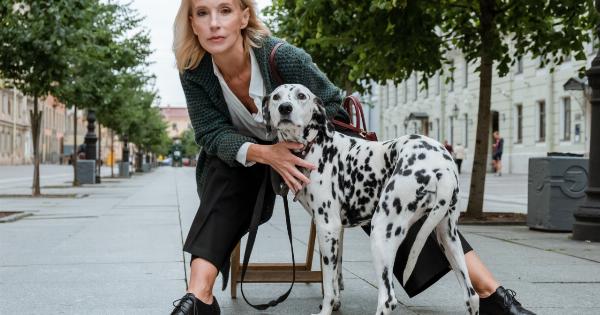When it comes to our furry friends, understanding their body language is crucial for effective communication and maintaining a healthy relationship.
While a wagging tail is often seen as a sign of a happy and friendly dog, there is so much more to their non-verbal communication than meets the eye. In this article, we will dive deep into the various aspects of a dog’s body language and explore the meaning behind their gestures, expressions, and postures.
By learning to decipher your dog’s cues accurately, you can ensure their well-being and strengthen the bond you share.
The Importance of Canine Communication
Dogs primarily rely on body language to convey their feelings and intentions. As social animals, they have evolved to communicate with each other and with humans through a variety of visual cues and signals.
By paying attention to their body language, we can gain insights into their emotional state, decipher their needs, and prevent unwanted behaviors. Here are some essential elements of a dog’s body language that every dog owner should be aware of:.
Facial Expressions
A dog’s face speaks volumes about what they’re feeling. While their expressions may not be as nuanced as ours, they still convey significant information. Here are a few common facial expressions and what they indicate:.
Eye Contact
Eyes are often referred to as the window to the soul, and this holds true for dogs as well. Their eye contact can tell us a lot about how they are feeling. Direct eye contact can signal various emotions:.
Ear Position
Dogs’ ears are incredibly expressive and can provide valuable insights into their emotional state. Here’s what different ear positions might indicate:.
Body Posture and Position
The way a dog carries their body can reveal a great deal about their current mood and intentions. Here are a few key body postures to watch out for:.
Tail Movements
It’s a common belief that a wagging tail always means a dog is happy, but that’s not necessarily true. The position and movement of a dog’s tail can communicate a range of emotions:.
Vocalizations
While body language is the primary means of communication for dogs, vocalizations also play a role in expressing their needs and emotions. Here are some common vocalizations and their meanings:.
Signs of Stress and Anxiety
It’s essential to be able to recognize when a dog is feeling stressed or anxious. Understanding these signs can help you take appropriate measures to comfort and support your furry friend. Some common signs of stress in dogs include:.
Putting It All Together
While individual body language signals provide valuable cues, it’s crucial to consider them in combination to get a holistic understanding of a dog’s emotional state.
Here are a few scenarios that demonstrate how different body language cues can work together:.
Conclusion
A dog’s body language is a rich and sophisticated form of communication.
By studying and understanding their non-verbal cues, we can bridge the language barrier between humans and dogs, ensuring better relationships, and a happier, more confident dog. Remember, dogs rely on us to understand and respond to their needs, so let’s be attentive, patient, and observant to decode the hidden messages their bodies convey.































